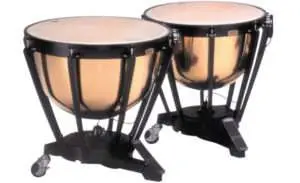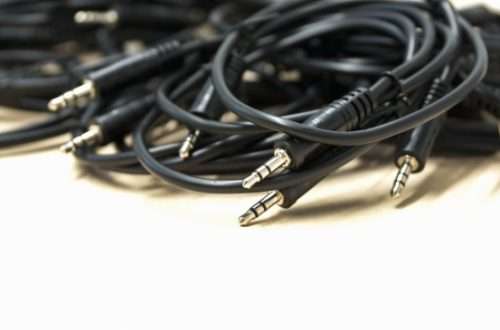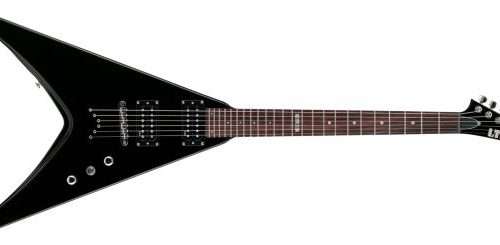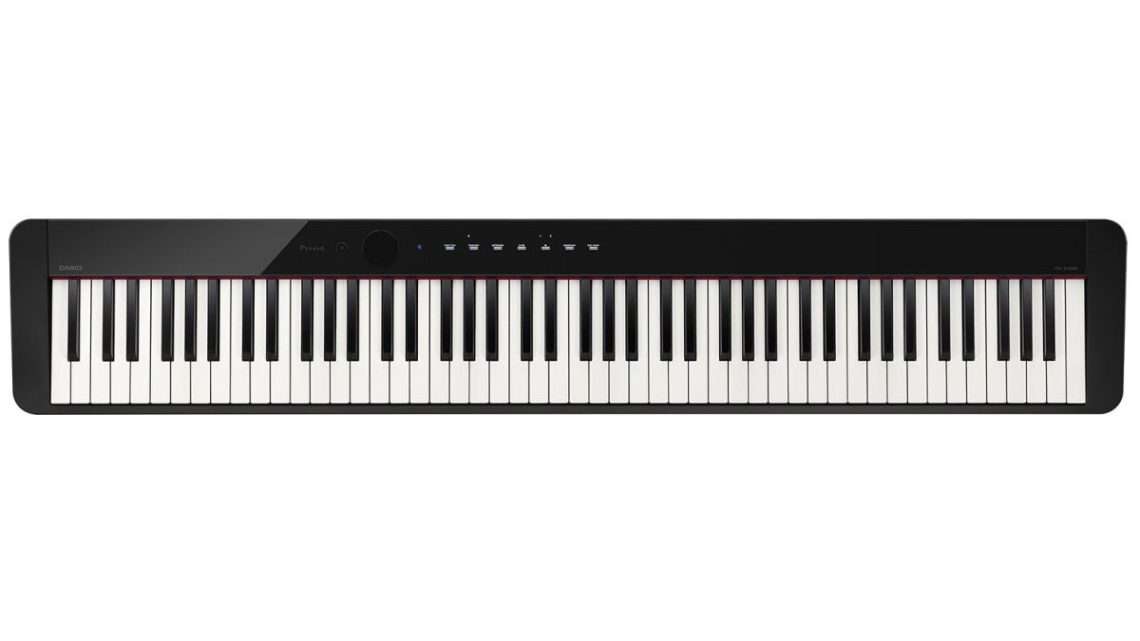
Casio PX S1000 digital piano review
Contents
Casio is a Japanese manufacturer of keyboard musical instruments that has been on the world market for over forty years. Digital pianos of the Tokyo brand are presented in a wide range, including both very compact models of the synthesizer plan, and those whose sound is not inferior in liveliness and expression to classical hammer-action instruments .
Among the Casio electronic pianos, in which the optimal ratio is found both as an indicator of price and quality, one can safely name the Casio PX S1000 model .
This digital piano is presented in two classic versions – black and snow-white color options, which will harmoniously fit into any interior for both home music playing and professional studio work.
Casio PX S1000 digital piano review
Appearance
The visual of the tool is quite minimalistic, which immediately brings to mind the well-known statement – “beauty is in simplicity”. Sleek lines, precise shapes and compact dimensions, combined with a classic design, make the Casio PX S 1000 electronic piano appealing to beginners and experienced players alike.
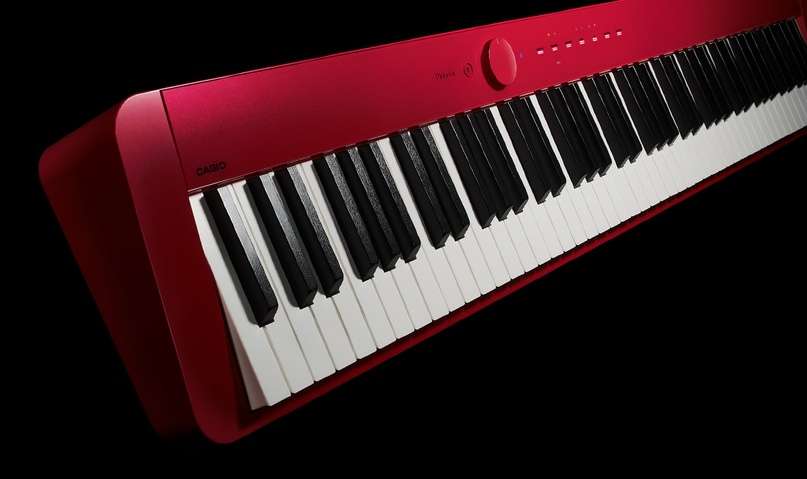
Dimensions
The size of the tool and its weight are the advantageous differences of this model. Pianos – competitors are often very bulky.
Casio PX S 1000, on the other hand, weighs only 11 kilograms, and its parameters (length / depth / height) are only 132.2 x 23.2 x 10.2 cm.
Characteristics
The considered model of the electronic piano, for all its compactness and minimalism, has high performance indicators and a rich set of built-in functions.
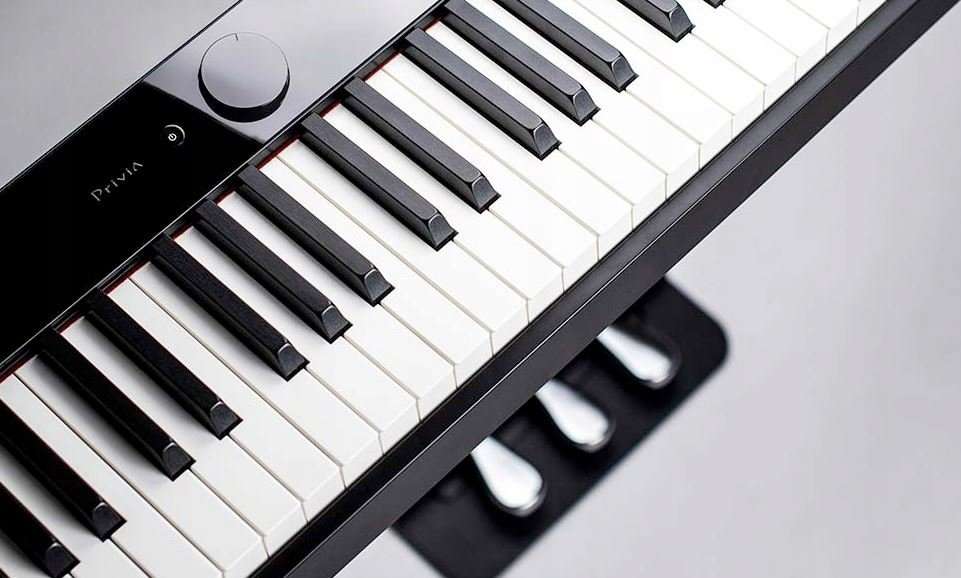
Keys
The keyboard of the instrument includes a full range of 88 piano-type units. 4- octave shift , keyboard split and transposition up to 6 tones (both up and down) are provided. The keys are equipped with 5 levels of sensitivity to the touch of the hand.
sound
The piano is endowed with 192-voice polyphony, standard chromaticity, has 18 timbres and three tuning options (from 415.5 to 465.9 Hz in 0.1 Hz steps )
Additional options
The digital piano has a touch, damper noise, resonance and hammer action controller function, which brings it as close as possible to acoustic models in terms of performance. There is an overtone simulator, a built-in metronome with adjustable volume. MIDI – keyboard, flash – memory, bluetooth – connection are also included in the functionality of the model.
The presence of a complete set of three classic pedals is also an indisputable advantage of the instrument against the background of the availability of all its modern digital options.
Equipment
Digital piano, stand, music stand and pedal – panel.
Advantages of Casio PX S1000
The entry-level digital pianos of the PX-S series feature small footprints, a fully weighted keyboard, and the Smart Scaled Hammer Action Keyboard, which delivers a light, natural feel to the player’s fingers on the keys. In terms of sound, the instruments of the series resemble a grand piano, and this is noted by experienced performers.
Two design options – ebony and ivory, the ability to comfortably carry the instrument with you with the optional SC-800 case – all these are the advantages of this electronic piano.
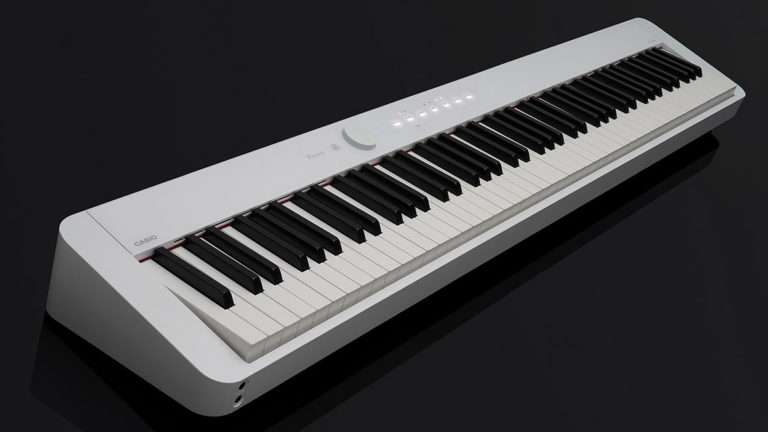
Model Disadvantages
Considering the cost of the model, there is simply nothing to talk about its shortcomings – the best combination of price and quality of a tool from a Japanese brand that has been proven for decades, which in all respects is not inferior to expensive and less mobile counterparts.
Competitors and similar models
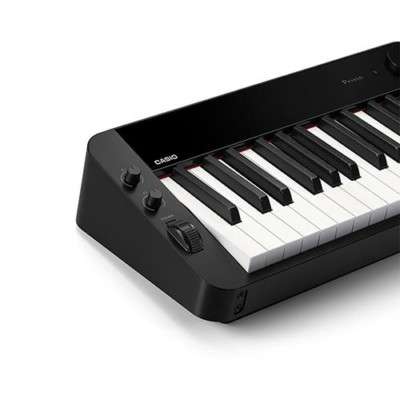 In the same Casio PX-S3000 , which is very similar in technical characteristics and sound parameters to the PX S1000 series, there is no stand and wooden panel, music stand and pedals in the package, which requires additional time and effort to select the necessary accessories for the instrument.
In the same Casio PX-S3000 , which is very similar in technical characteristics and sound parameters to the PX S1000 series, there is no stand and wooden panel, music stand and pedals in the package, which requires additional time and effort to select the necessary accessories for the instrument.
A tangible competition in the price range of the e model can be made by the Digital Piano with the Orla Stage Studio stand in white. However, despite almost the same price range, equipment and visuals, Orla Stage Studio seriously loses to Casio in terms of its characteristics and dimensions – this piano weighs twice as much as the PX S1000 in the same color scheme.
The Roland RD-64 digital piano may be of interest to the buyer because it costs an order of magnitude more expensive than the Casio. And yet, in several ways, this model is inferior to the Privia line at once. Roland has only headphones in the package, which means that visually it looks more like a synthesizer than acoustics. In addition, the model has a polyphony of only 128 voices, fewer built-in tones and a transposition range , although it is on the same level as the PX S1000 in terms of weight.
Casio PX S1000 Reviews
Among the absolute majority of praise from musicians, many players who interacted with the PX S1000 digital piano especially often note the following points that they liked in the model:
- The presence of mini- jacks on the front panel,
- 18- tone collection of presets, including String Resonance and Mute effects (thanks to the AIR Sound Source system);
- Teachers working with students on the Privia PX S1000 electronic piano highlight the “Duet mode” option, which makes it possible to divide the keyboard in half, which is very convenient when practicing on one instrument;
- The model is compatible with the Chordana Play mobile application, which makes it possible to remotely control the device;
- The compactness and lightness of the model, with all its high-level quality characteristics, also found a warm response from the musicians. There are reviews on the net where carrying a digital piano behind the shoulders in a case is compared in convenience to a shoulder bag.
Summing up
The Japanese-made PX S1000 Digital Piano is the perfect combination of small size, advanced electronic options and rich acoustic sound like a wooden hammer instrument. Piano-like keyboard, minimalist stylish design and great sound combined in one instrument. The model is democratic in price and leading in terms of characteristics in its value category, which has already found the love of many pianists from different parts of the world.



